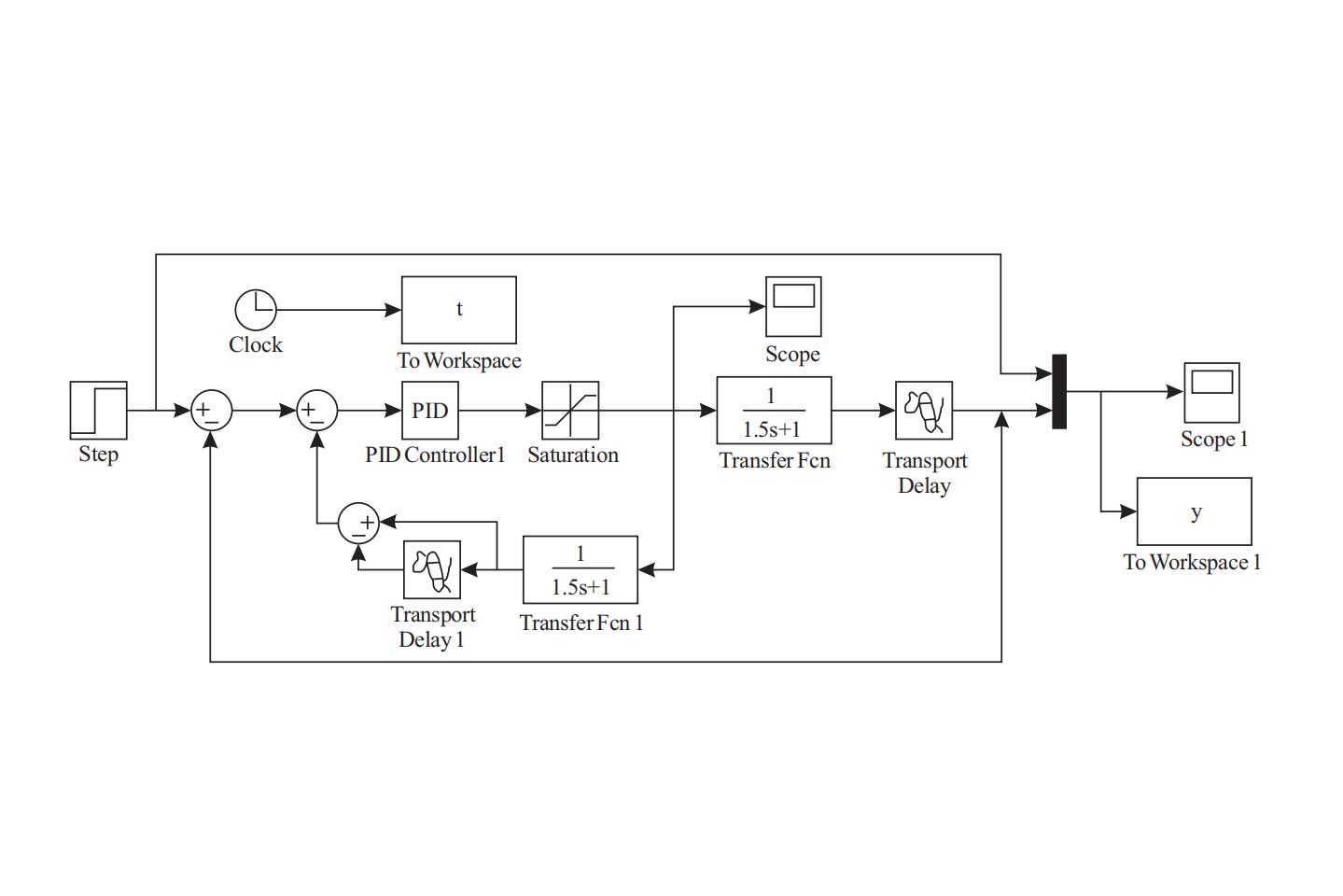Tension control of the paper belt
The tension control of the paper belt is one of the key factors in the printed quality of the rotor printer. The tension of the paper belt is large, it is easy to make longitudinal wrinkles, and even cause paper breaks; The tension is unstable, and it will create a failure of printing graphics.
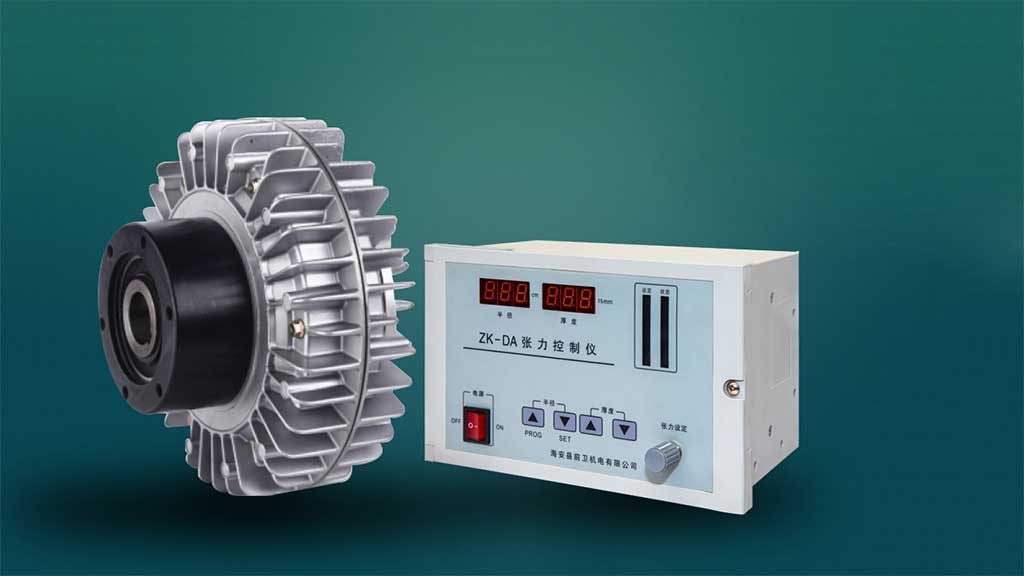
Magnetic Particle Brake
Magnetic Particle Brakes are an automatic control element with multi-purpose and superior performance. It has been widely used in papermaking, printing, plastics, rubber, textiles, printing and dyeing, wire and cable, metallurgy, tablet presses, and other related coiling and processing industries for unwinding and winding tension control.
More Detail: Magnetic Particle Brakes & Clutches: 6 things you must know
There are many ways to control the unwinding tension of the paper belt. The magnetic particle brake is used to control the tension of the paper tape. The cost is moderate and the control is easy to realize. It is mostly used in the rotor printer printing machine, but the hysteresis of the magnetic particle brake was not considered in the previous tension control scheme the impact of the effect.
In response to the above problems, based on the rotor printing machine, the tension control system is used as the research object. Based on the force of the analysis control system, derive the magnetic powder brake mathematics model, design the SMITH estimated model to compensate for the lag of magnetic powder brakes, and use Simulink to conduct use SIMULINK for Simulation and analysis.
Force Analysis of Unwinding Tension System
The rotor printer machine puts the rolling mechanism consisting of magnetic particle brakes, tension detection rollers, tension controllers, paper frames, etc. The physical model is shown in Figure 1.
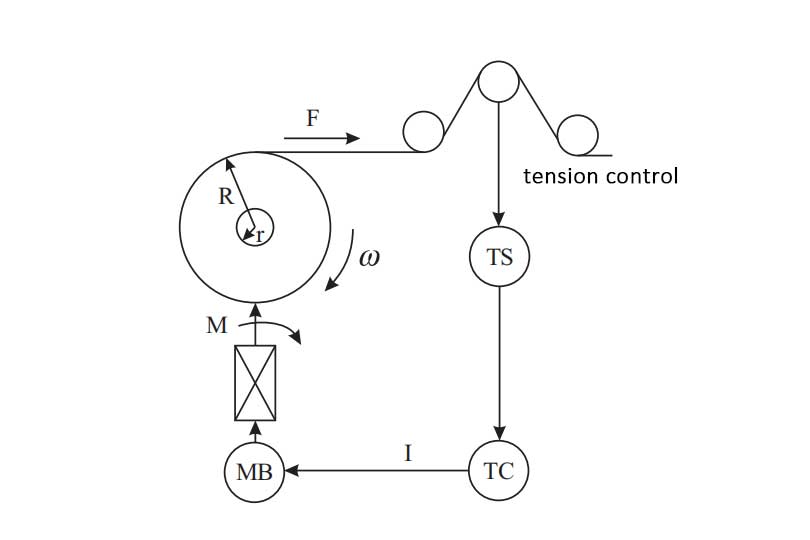
When the tension value of the paper is inconsistent with the set value, the tension detection agency will output the corresponding control current after calculating the detected tension fluctuations and the output of the magnetic powder brake output braking power to achieve the purpose of controlling tension.
The tension of the paper belt is correlated with the real-time radius and line speed of the magnetic particle brake. Therefore, as long as the torque of the magnetic particle brakes changes with the real-time radius of the paper roll, the line speed changes, and the line speed changes, you can keep the paper belt constant.
Magnetic particle brake model
The torque used by the magnetic particle brake used by the rotor printer is restricted by various factors, which have the characteristics of time change and non-linear. In order to facilitate the quantitative analysis and calculation in the research, the hysteresis effect of the magnetic particle and the magnetic flux transition process on the current, the change of the excitation coil inductance, and the no-load torque and other factors are first analyzed, and modeled.
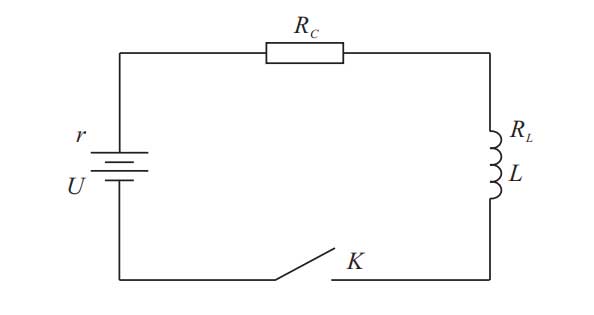
Principle
The magnetic particle brake is a first-order inertial link. At present, it is generally used to use conventional PID for tension control. There is a long response time and a lack of stability. It is necessary to use a new control strategy to improve the control quality of the tension.
Simulation analysis
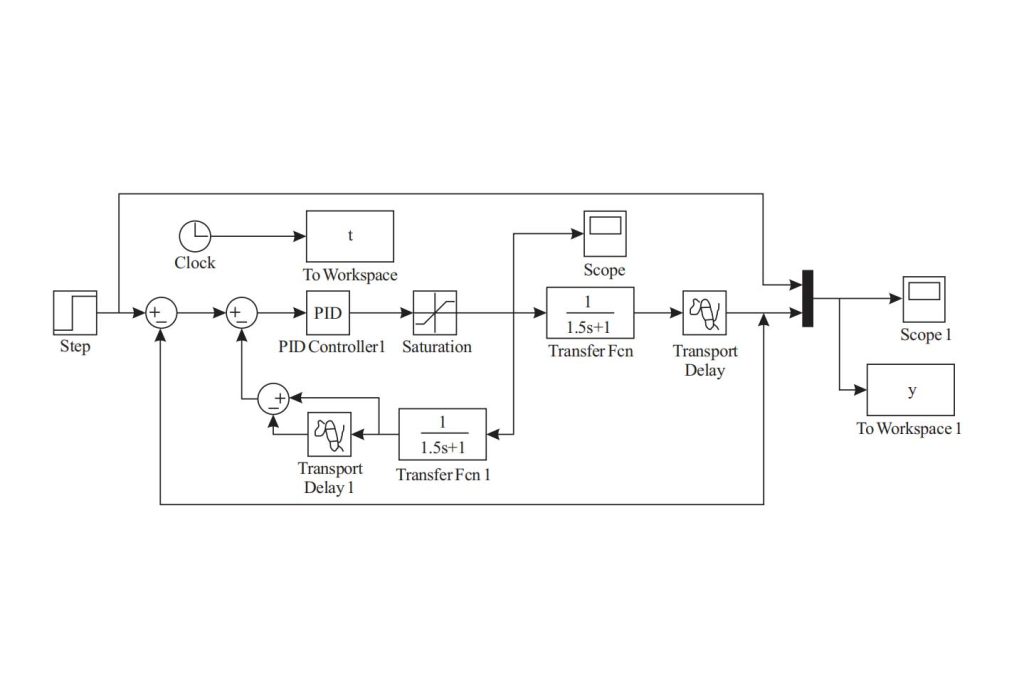
Due to the appearance of pure lag in the magnetic particle brake, the system control adjustment time is long and the dynamic performance decreases, and compensation needs to be performed. Based on the force analysis of the stress system and the magnetic particle brake model modeling of the rotating rubber print tension control system, this simulation results show the small and short-regulating time, which is conducive to the control of rolling printing printers and tension control
Conclusion
By analyzing the force analysis of the tension system and the magnetic particle brake model of the rotor printer paper, the Matlab Simulink platform is used to enter the simulation analysis. The results showed that based on magnetic particle brake SMITH compensation PID control has a smaller super adjustment, shorter adjustment time, less oscillating times, the control performance of the volume tension is better, improves the control quality of the system, improves the rotor printer paper control the accuracy of tension.

Magnetic Particle Brake
Magnetic Particle Brakes are an automatic control element with multi-purpose and superior performance. It has been widely used in papermaking, printing, plastics, rubber, textiles, printing and dyeing, wire and cable, metallurgy, tablet presses, and other related coiling and processing industries for unwinding and winding tension control.
More Detail: Magnetic Particle Brakes & Clutches: 6 things you must know
